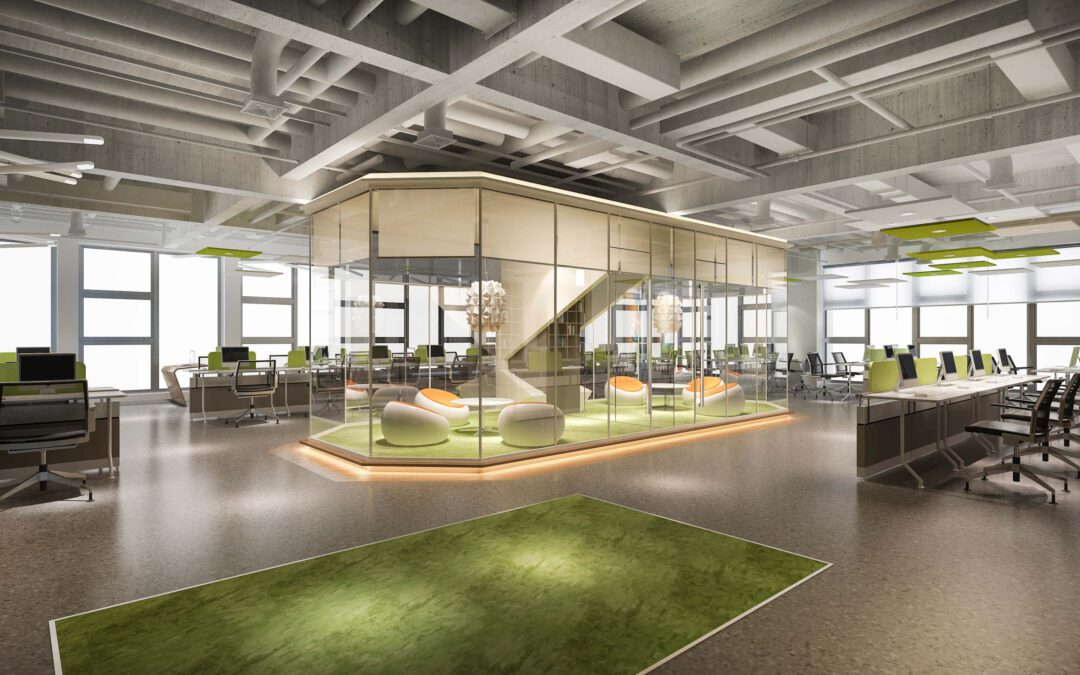The field of modern HVAC (heating, ventilation, and air conditioning) has evolved significantly with the advent of digitalization. This shift has not only transformed our daily lives and interactions with the world but has also revolutionized the control and management of HVAC systems. NAIPL is actively dedicating resources to research and development in order to play a pivotal role in the transition toward smart HVAC solutions.
Modern HVAC is centered on providing optimal comfort, cost efficiency, and sustainable practices through the intelligent control of heating, ventilation, and air conditioning systems within buildings.
The overarching goal of the push to develop smart buildings is to enhance energy efficiency, leading to a reduced environmental footprint, alleviating pressure on local power grids, and lowering day-to-day operational expenses for building owners, all while protecting profitability. It is important to note that this approach also aims to improve the overall comfort of individuals, recognizing that the vast majority of people spend a significant portion of their time indoors.
HVAC systems are not just contributing to the optimal health and comfort of office workers; moreover have had a technological revolution with IoT and architecture for a greener future.
Evolving workplace trends, such as flexible office hours, hybrid working models, and co-working spaces, have led to a surge in creative and flexible modern office designs, which in turn have impacted their technological services.
The fundamental service in any office design, heating, ventilation, and air conditioning (HVAC), plays a crucial role in office layouts and is considered essential for sustainable commercial buildings. Therefore, meticulous planning of HVAC designs can significantly contribute to energy efficiency and cost savings. From selecting the right HVAC system to its implementation and finishing touches, what are the considerations for architects and contractors? Read on to find out!
HVAC has revolutionized architectural possibilities, enabling the construction of enclosed structures and tall buildings. Offices now benefit from a healthier and more comfortable indoor environment, with enhanced humidity and temperature control for the well-being of occupants. However, what challenges do architects face in designing seamless HVAC systems? This is where the importance of specially trained HVAC consultants arises.
Why upgrade to a smart HVAC system?
The transition to Smart HVAC, which involves the use of advanced technologies and systems for heating, ventilation, and air conditioning, necessitates close collaboration among various stakeholders, all of whom stand to realize significant benefits from this transition.
End users will enjoy a range of advantages, including personalized comfort tailored to their specific preferences, improved health due to better indoor air quality, and increased productivity resulting from a more comfortable and conducive environment.
Building owners will reap the rewards of operational excellence, such as reduced operational costs, improved energy efficiency leading to lower utility bills, and a higher return on investment (ROI). Additionally, buildings with green building certification are generally more appealing and can command higher rental prices, presenting an opportunity for increased revenue streams.
Furthermore, the service and maintenance aspect of HVAC systems will transform, becoming a more data-driven and manageable process. This will reduce the reliance on manual intervention and make troubleshooting simpler and more efficient. Cloud-based solutions that integrate with building management systems will also facilitate remote access to data, ensuring that key stakeholders are well-informed about the day-to-day operational status, thus enabling proactive and informed decision-making.

